Countdown to Christmas Giveaway!
Days
Hours
Minutes
Seconds
Days
Hours
Minutes
Seconds
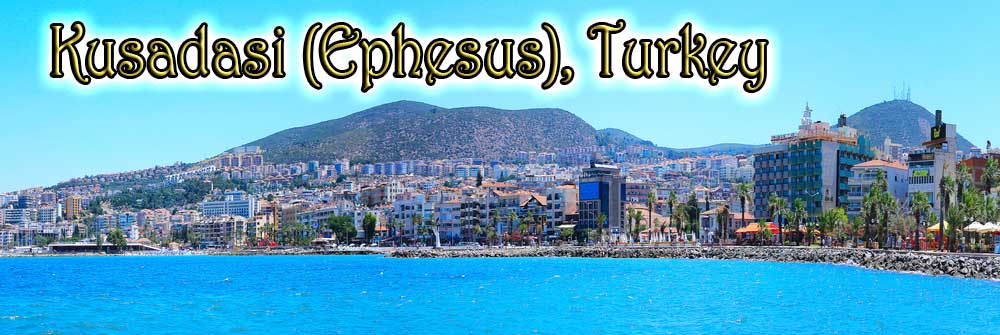 Day 6 - KUSADASI (EPHESUS), TURKEY - GEM OF THE AEGEAN October 1, 2021
Day 6 - KUSADASI (EPHESUS), TURKEY - GEM OF THE AEGEAN October 1, 2021Sure, we could chat about the resort town of Kusadasi and its beaches and restaurants, or nearby places like Dilek Peninsula National Park, but let’s talk Turkey: The star attraction in this neck of the woods is Ephesus. Once the second largest city in the Roman Empire, eclipsed only by Rome, here are just a few of the incredible sights just waiting to be gobbled up! There’s the Library of Celsus, still magnificent almost 2,000 years later, and the 24,000-capacity Great Theatre, where St. Paul used to preach. Stretching from this jaw-dropping amphitheater to the harbor is the marble-made Arcadian Street. Stroll past the marketplaces, colonnades, and fields of wild fennel, and into bath complexes that once offered piped-in hot water and a sauna.

Surrounding Ephesus, the sites are equally spellbinding. Explore the ruins of the Temple of Artemis, one of the Seven Wonders of the Ancient World; the Basilica of St. John, which stands over the
believed burial site of John the Apostle; and the House of Virgin Mary, where Mary is supposed to have spent her last days.
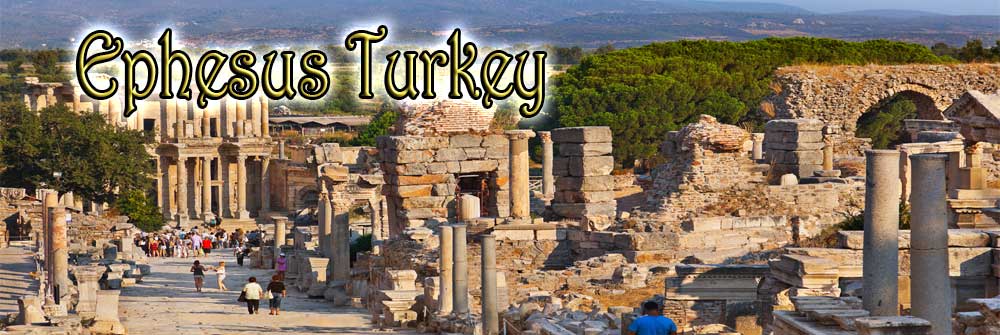
Explore the history and culture of Kusadasi and nearby Ephesus in a private car. This day of independent touring is perfect for experienced travelers who are familiar with the area’s great landmarks or for those who seek freedom and privacy on their journeys. Spend the day exploring any itinerary desired as an English-speaking guide shares the magnificent history of the area. This marvelous day of independent exploration is sure to leave a lifetime impression.
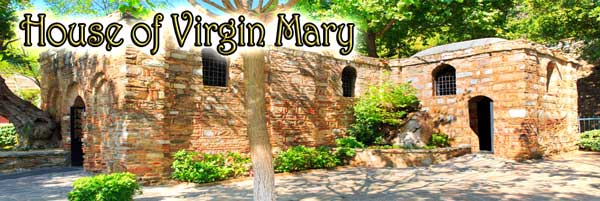
House of Virgin Mary in Ephesus was not known till Anne Catherine Emmerich's vision. The paralysed German nun who had never been to Ephesus had a vision of the House of the Virgin Mary and described it in detail to the German writer Clemens Brentano who later published a book about it. Catherine Emmerich died in 1884. In 1891 priests and historians from Izmir read about her vision and found a little building which corresponded with Emmerich's descriptions.
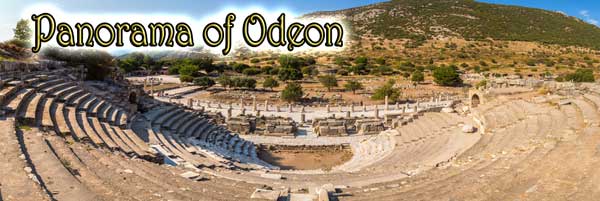
This building has the shape of a small theatre with the stage building, seating places and the orchestra.It had double function in use. First it was used as a Bouleuterion for the meetings of the Boulea or the Senate. The second fuction was the Odeum as a concert hall for the performances.It was constructed in the 2nd century A.D by the order of Publius Vedius Antonius and his wife Flavia paiana, two wealthy citizens in Ephesus. It had a capacity of 1500 spectators. It had 3 doors opening from the stage to the podium. The podium was narrow and one meter higher than the orchestra section. The stage building was two-storeyed and embellished with columns.The podium in front of the stage building and some parts of the seating were restored. The Odeon used to be enclosed with a wooden roof. Two councils administrated Ephesus. These were Demos or the parliament which was open to the public was taken place in the great theatre and the Bouleia which gathered in this small theatre. The members of the boulea were chosen from the aristocratic class of Ephesians. The most important decisions and city matters were discussed here.
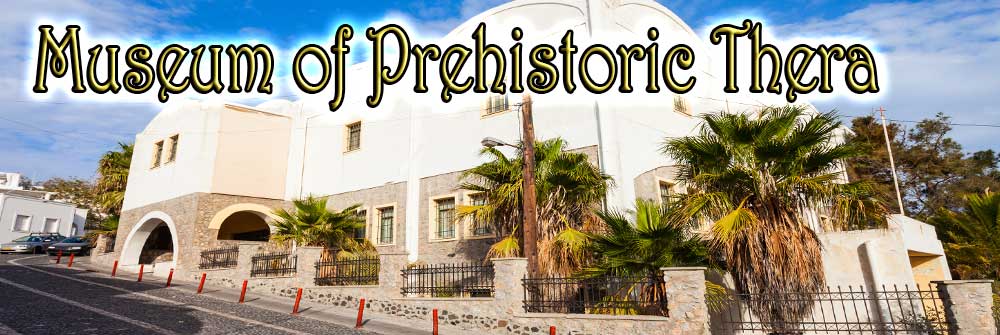
Taking a trip to the Museum of Prehistoric Thera is a great way to finish exploring the ruins of Santorini's ancient cities. This tiny museum in the heart of Thira houses frescoes and other archaeological treasures found during the excavation of Ancient Akrotiri, which was destroyed by the volcanic eruption that made Santorini look like it does today. Some of the pieces here date back several thousand years (some of the pottery on display is leftover from 3,000 BC) and offer insight into early human life on the Greek Islands, making this an interesting place to check out if you're keen to learning more about the island's history.